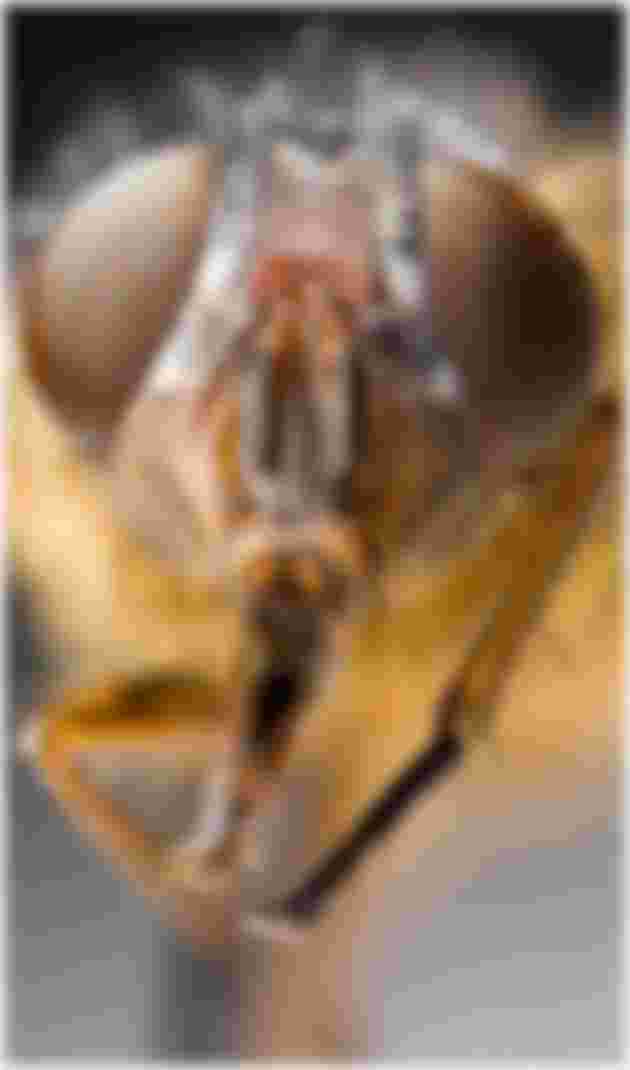Some people like tropical heat, and some people don't know how to cool down. With them come various insects that can spoil summer pleasures. The number of such flying creatures could increase in the future, because scientists have decided to make robotic insects
The first insect robot to fly without wires is already a reality. It weighs 190 milligrams, slightly less than a toothbrush, and was created by a team of experts and students from the Mechanical Engineering University of Washington, USA. RoboFly, the name given to it by the creators, is not the first robot in the form of an insect. In 2015, Harvard University introduced RoboBee, a small 3 cm robot that could move through air and water. However, Robofly should be more advanced than its predecessor, since it is able to fly without the need to be tied to a wire that provides it with electricity.

Sawyer Fuller, co-author of the study and a professor in the Department of Mechanical Engineering at the University of Washington, confirms at the University's news forum that the concept of flying wireless robots the size of an insect was science fiction. But Robofly now shows that they are much closer to today. Fuller was also part of the team at Harvard developed by Roboby.
The team of engineers explained in their study that the real turning point of this invention is that they achieved the first wireless take-off of a robotic insect. Until then, they had to face several problems: the engines and the necessary propellers for flying do not work well in such small sizes, the smaller batteries that exist for performing wireless flights are too heavy for a single robotic insect. In addition, making electric circuits and motors light enough for a robot to fly is complex.

The solution was to create your own "feeding" system. Robofly can fly without wires and batteries thanks to one small laser beam and a flexible circuit which, with the help of a photovoltaic cell installed on the robot, converts the laser into electricity. It also has a microcontroller that strikes its wings. According to Johannes James, the main author of the study. the microcontroller works like a robot brain and is as heavy as a grain of sand. The author also expressed a desire to develop bee-sized robots, because more robots that are cheaper can be more useful than just one expensive robot.
Although the creators have launched their patent, the research is still ongoing, because if these robots still have to be connected by wires, then they will not be able to be used outside the laboratory. Robofly is still not completely independent and, according to the researchers, that is the biggest challenge they face - achieving complete wirelessness and self-control. The future of robots is still in the laboratory. We need to work harder to improve them, says James.
According to the team from the University of Washington, the creation of this robot opens new possibilities for air micro-vehicles. One day, many Roboflies will be able to help monitor crops and sources of pollution, detect leaks in pipes and refineries, as well as help with search and rescue. According to Johannes James, if they made many robots like this, they could monitor many areas at the same time, and so many problems would be solved. The author even states that they could be of great use for space exploration.


That's really interesting! Not small enough to be used for surveillance but st least it's mobile enough. Did it ever say a range of distance it can go without disruption or no?